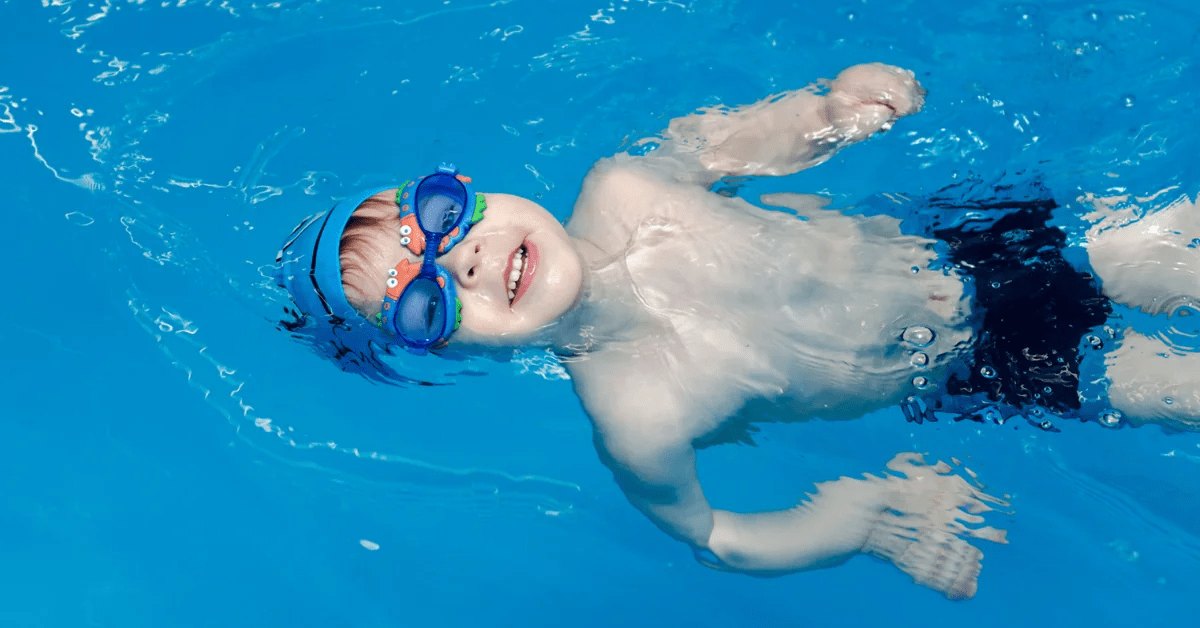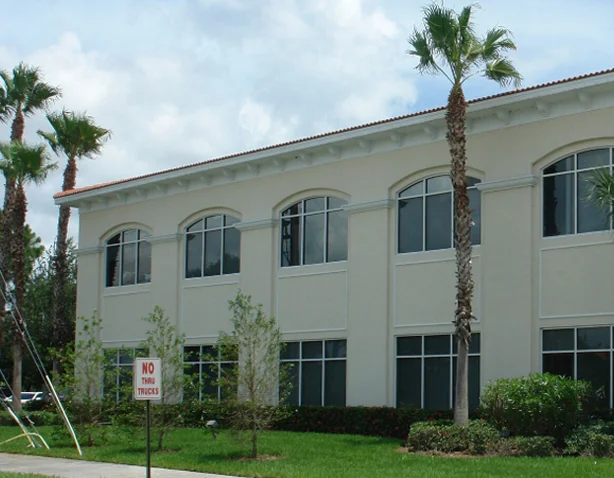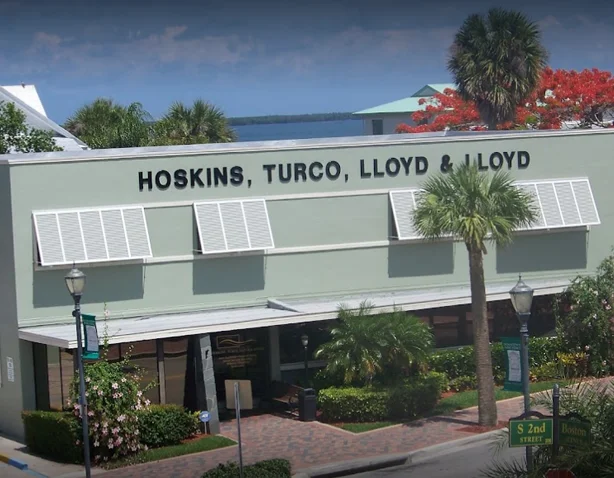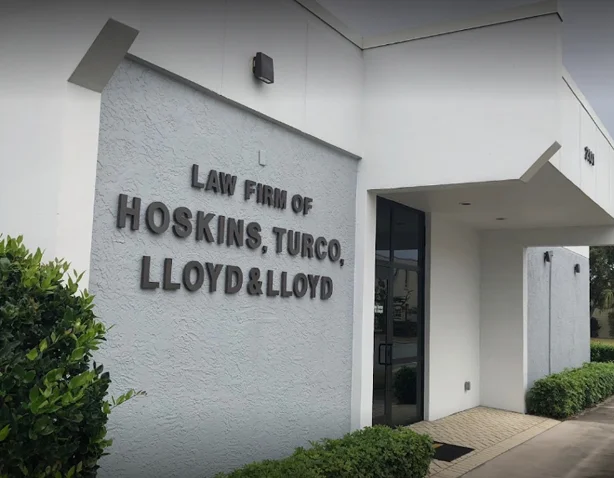Every summer, heartbreaking headlines remind us that tragedy can strike in seconds. A forgotten diaper bag, a change in routine,
Safety Tips Posted on Jun 14, 2023

Oftentimes, there aren’t loud splashes or screams. It’s silent. And you won’t hear a call for help. Even more troubling? It’s quick. It can happen within seconds. Child drowning is the leading cause of unintentional injury-related death in children between the ages of 1 and 4 on the Treasure Coast.
With summer in full swing, and two-thirds of these deaths occurring between May and August, it’s important to know how to prevent child drownings and what to do if one occurs (even if you don’t have a child).
Drowning is the number one cause of unintentional injury-related death in children between the ages of 1 and 4, according to the American Academy of Pediatrics. Every year, approximately 1,000 children under the age of 15 die from drowning. An estimated 75 percent of these deaths involve children younger than 5.
Not surprising, of all the states, Florida has one of the highest unintentional drowning death rate in the nation. And, nearly two-thirds of drowning-related deaths occur between the months of May and August.
Even with adult supervision, child drownings can happen in an instant. In fact, research shows that in the majority of child drowning cases, an adult was supervising the child when the incident happened. Therefore, “keeping watch” or trusting someone to watch your child while he or she is swimming may not be enough to prevent an accident. Here are five water safety guidelines to follow:
Ge the child out of the water as quickly as possible. If they are not breathing, lie them flat on their back and begin rescue breathing (below) and have someone else call 9-1-1.
2. Begin rescue breathing
Initiate “rescue breathing” by tilting the child’s head back with one hand and lifting their child with the other. Put your ear to the child’s mouth and nose to listen and feel for signs of breathing. If the no breathing is detected:
Infants under the age of 1: Place your mouth over the nose and lips and give two breaths, each lasting about 1 second. Look for the chest to rise and fall.
Children 1 and older: Pinch child’s nose and seal your lips over the mouth. Give two slow, full breaths (1 to 2 seconds each). Wait for the chest to rise and fall before giving the second breath.
If the chest rises after breaths, move to step 3. If not, try rescue breathing a few more times.
Check for a pulse by putting two fingers on the side of the child’s neck. Wait five seconds. If there is a pulse, give one breath every three seconds. Check for a pulse every minute and continue rescue breathing until the child is breathing on their own or help arrives.
If you can’t find a pulse, you’ll need to begin CPR.
Infants under age 1: Imagine a line straight down the child’s chest place two fingers just below its center point. Apply five half-inch chest compressions in about three seconds. After five compressions, seal your lips over your child’s mouth and nose and give one breath.
Children 1 and older: Use the heel of your hand (both hands for a teenager or adult) to apply five quick one-inch chest compressions to the middle of the breastbone (just above where the ribs come together) in about three seconds. After five compressions, pinch your child’s nose, seal your lips over his mouth, and give one full breath.
Keep performing CPR until the child responds or help arrives.
Even if the child is unresponsive, continue performing CPR and do not stop until medical professionals take over. Your efforts could save a life.
Nothing beats summer on the Treasure Coast! But with lots of pools, waterways and beaches, the Treasure Coast is a high-risk zone for child drowning. Keep children safe this summer by following these water safety tips. And remember, we all have a part in preventing child drowning accidents.
For more information about drowning and water safety, please the St. Lucie County Department of Health website here.
Call our experienced accident attorneys at 866-930-6435
If you are injured in an accident in Port St. Lucie, Fort Pierce, Vero Beach or Okeechobee, and you are worried about how you will pay for your medical bills and car repairs, call us right away. Our experienced accident attorneys have recovered more than $500 million in settlements for our Treasure Coast clients.
We are a local law firm dedicated to serving members of our community. Our attorneys are available 24 hours a day, 7 days a week to answer any questions you may have. If you want to know how much your car accident case is worth, or if you are unsure of what to do after an accident, call us right away. We are here to help you.
We have offices in Port St. Lucie, Fort Pierce, Vero Beach and Okeechobee. Plus, we offer free case reviews and do not charge you anything unless we win your case.
Call 866-930-6435 to speak to our experienced accident attorneys now.
Every summer, heartbreaking headlines remind us that tragedy can strike in seconds. A forgotten diaper bag, a change in routine,
It starts with a knock at the door—or maybe just the soft thud of a package landing on your porch.
If you live in Florida, you may have received a text message about an unpaid toll, urging you to click

Phone: (772) 344-7770
Fax: (772) 344-3838

Phone: (772) 464-4600
Fax: (772) 465-4747

Phone: (772) 577-7551
Fax: (772) 794-7773

Phone: (863) 357-5800
Fax: (863) 763-2237
As the law firm Florida has trusted for over 40 years to fight on their behalf, we are more than ready to represent you. Put our experience and reputation to work. If you need help with any legal matter, whether it’s a personal injury, workers’ compensation, disability or bankruptcy case, contact us now. The consultation is absolutely free.
Get the answers you need. We’ll review your case today, for free.
"*" indicates required fields